Whither the world order created in 1945?
Podcast: Embed
Whither the world order created in 1945?
Podcast: Embed

Click Here for Episode Transcript
What are the strengths and weaknesses of the European Union, as well as the prospects for its long-term survival?
Podcast: Embed

The Cold War from 1962 to 1991. Photo of Mikhail Gorbachev, final president of the Soviet Union.
Click Here for an Enhanced Transcript of this Episode
Podcast: Embed
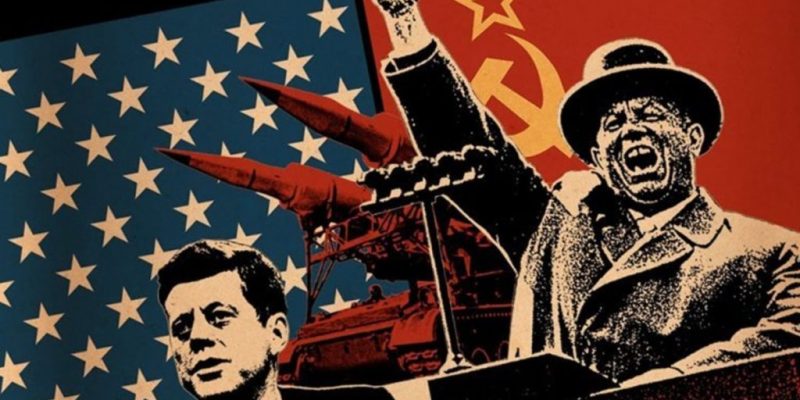
We look at the Cold War from 1945 to 1962 in this podcast. Refer to your Unit 6, Discussion 2 assignment in GeorgiaVIEW for the question that you must answer for this assignment.
Podcast: Embed
Click Here for Enhanced Transcript
Culture in art and ideas.
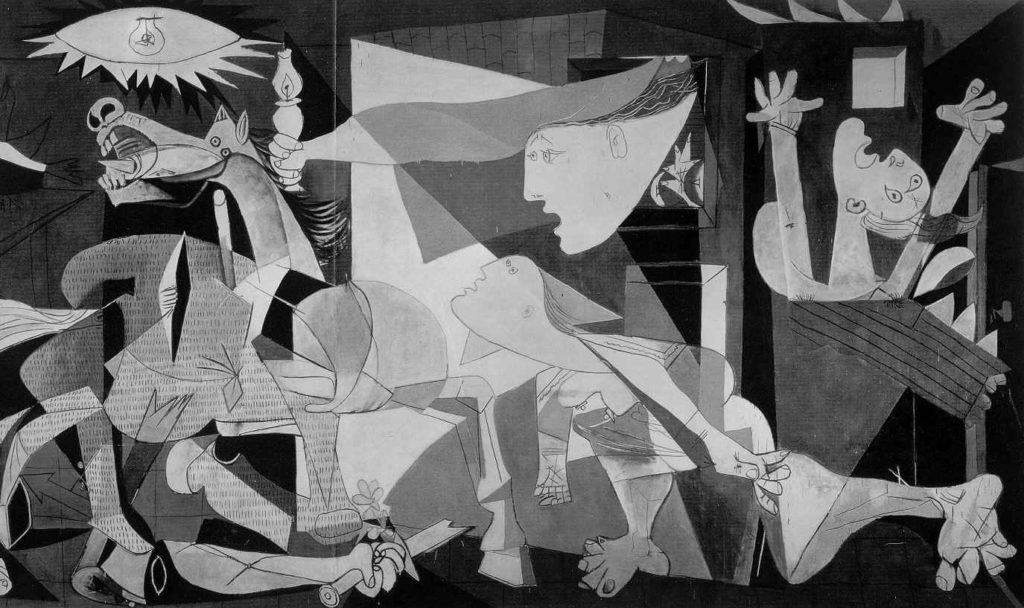

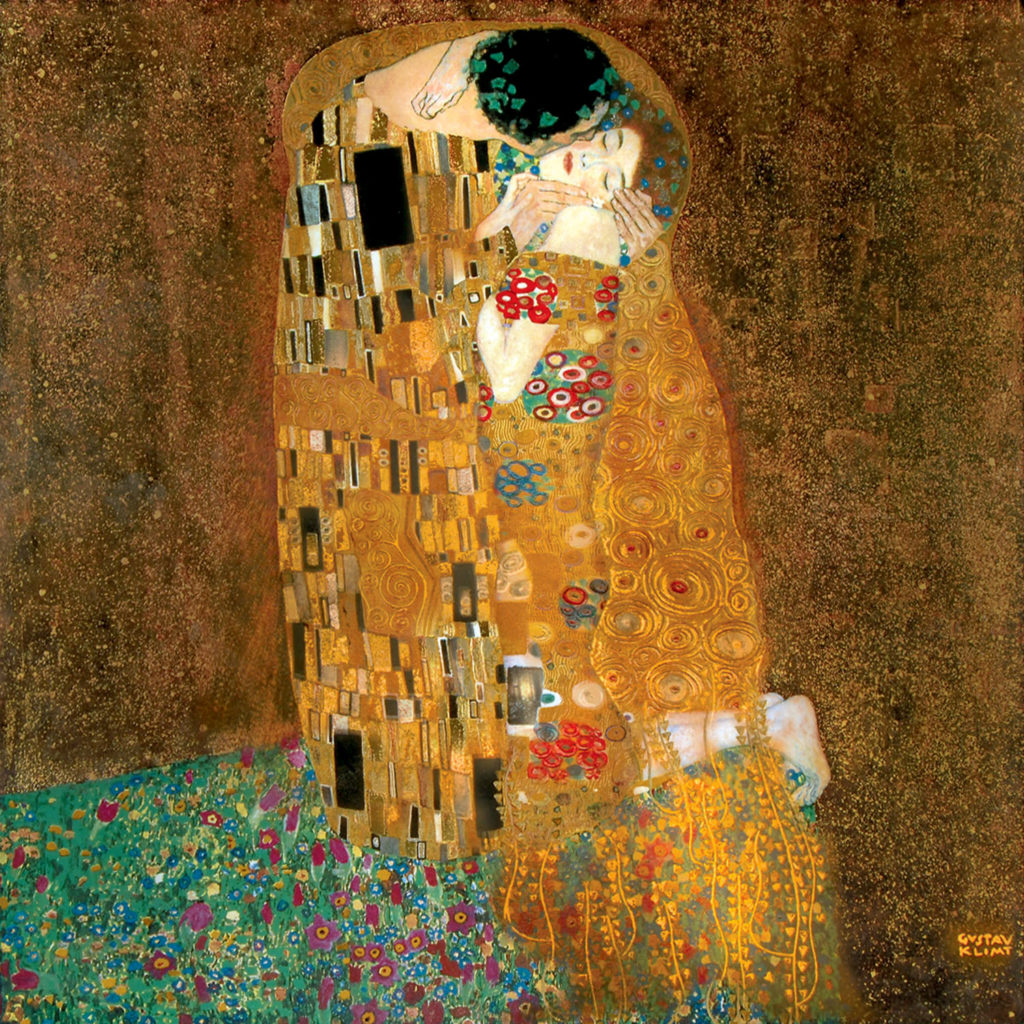
Podcast: Embed
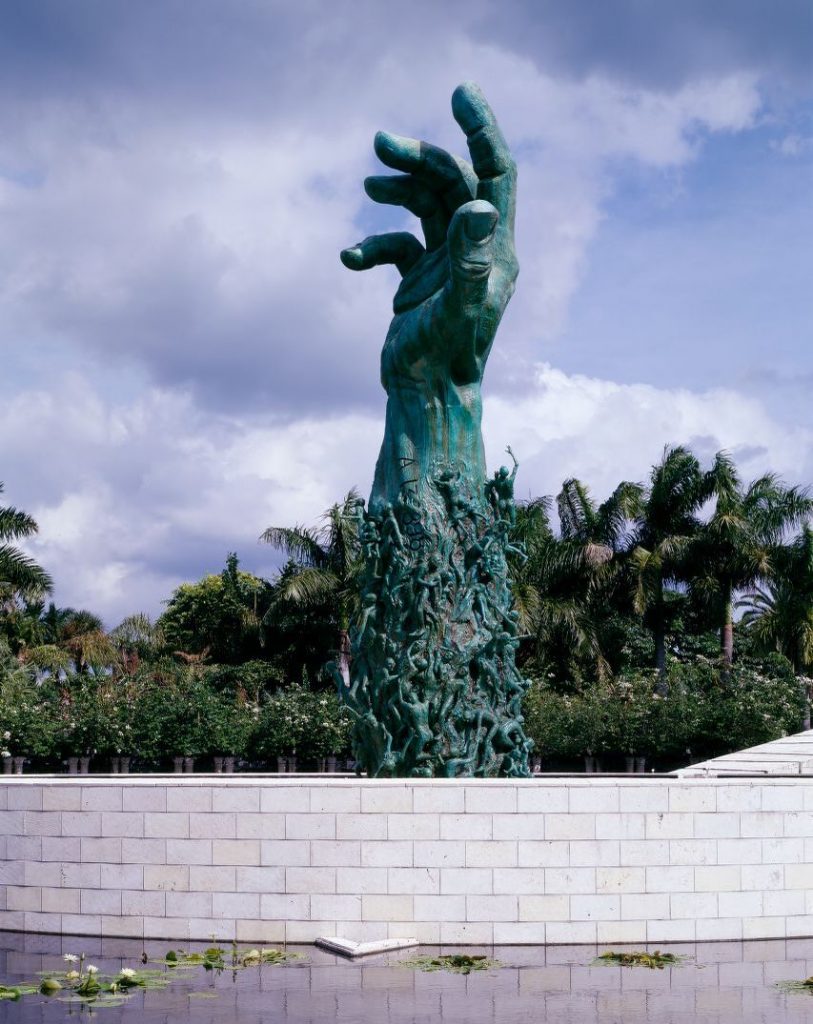
Podcast: Embed
Podcast: Embed
Why did the first World War not end in 1919 and really only ended in 1945, by which time it was called the Second World War? This podcast helps you answer this question.
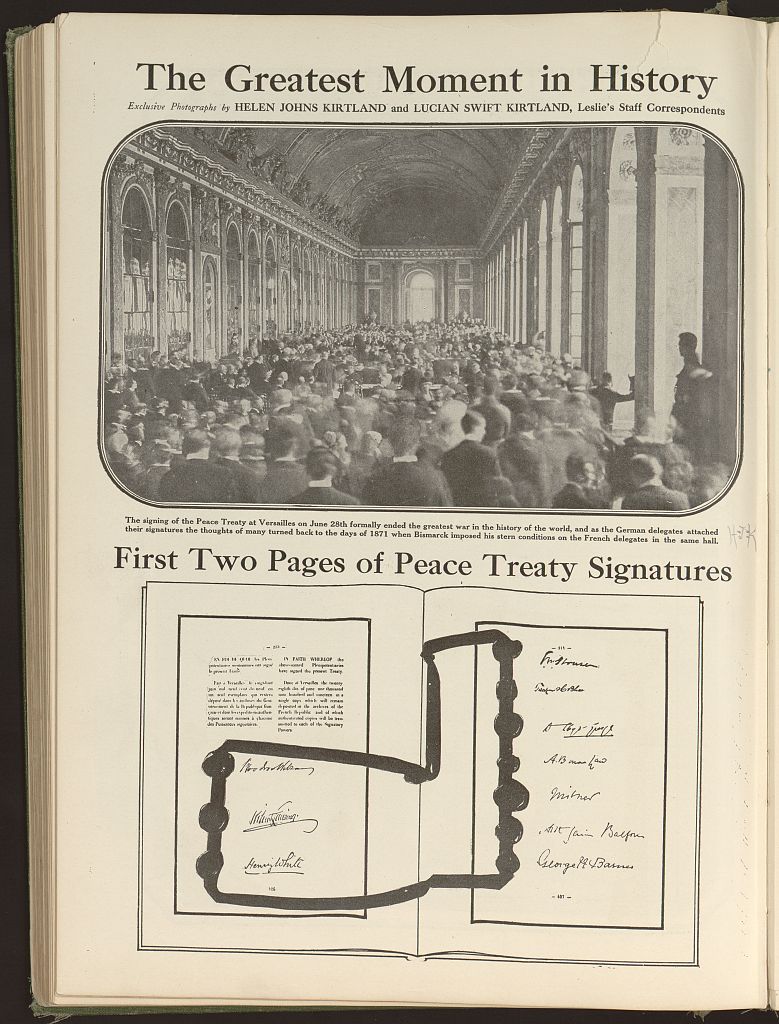
Podcast: Embed
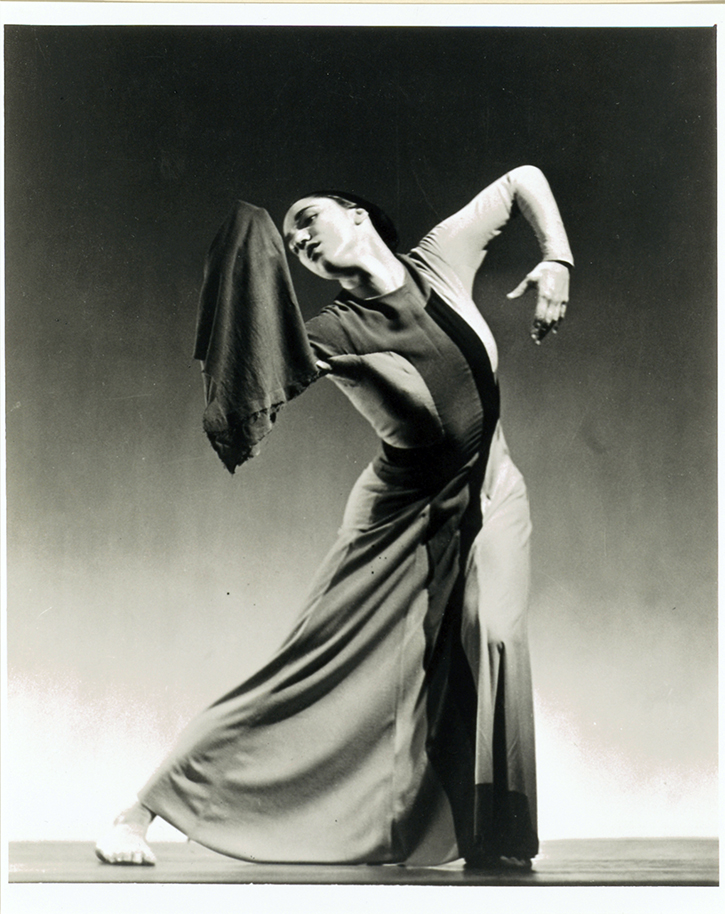
hat were the six features of Fascism? In this podcast, we learn what ideas Fascism consisted of and how it arose during the years in-between the two World Wars and set the stage for the outbreak of the Second World War.
Podcast: Embed
From the First World War’s beginning to the Second World War’s End.
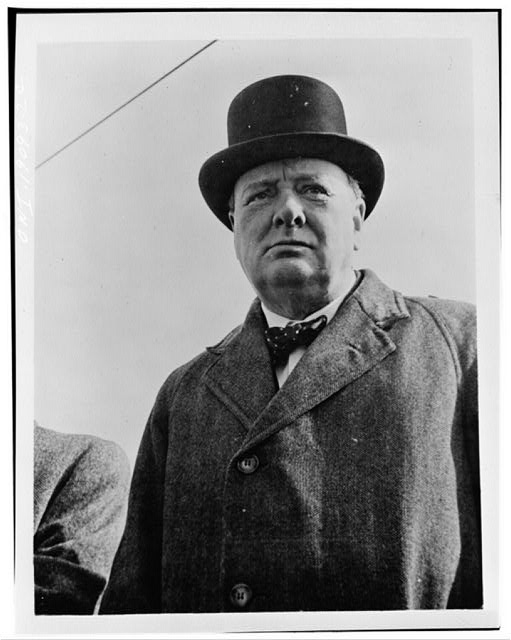
Podcast: Embed
Great Britain encourages a skeptical Uncle Sam to jump in to the swimming pool of imperialism…
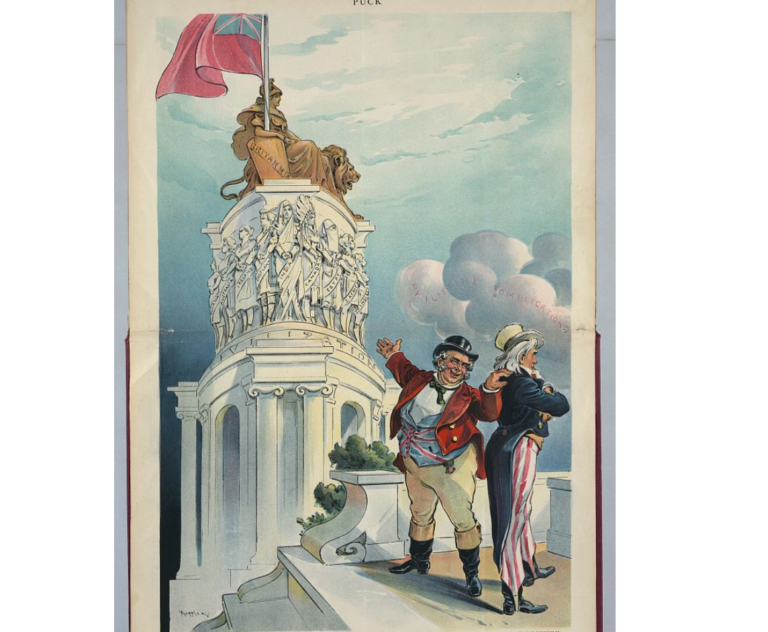
Podcast: Embed
Albert Einstein becomes an American citizen (October 1940) Between the 1889s and 1914, revolutionary changes occurred in our understanding of science, psychology and physics…
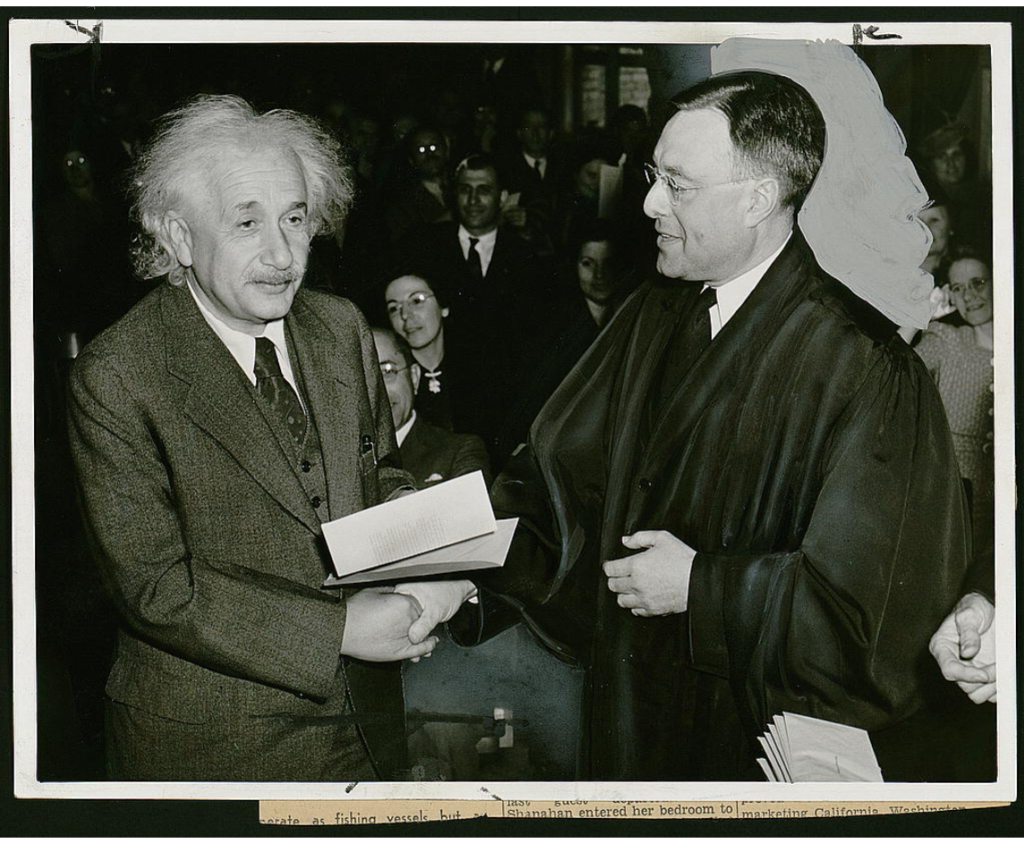
Podcast: Embed
The theory of Karl Marx and Friedrich Engels, presented in the Communist Manifesto (1848), was yet another theory of progress so popular in the nineteenth century, along with Darwinism, Positivism and nationalism. Marxism was popular with the proletarians created by the Industrial Revolution, because it predicted that they would one day win a successful proletarian revolution against the bourgeoisie all over the world, one whose success was the inevitable product of class conflict between the two classes. For the same reason, the middle class hated this theory and fought the rise of the proletariat. The theories of Marx and Engels would never be borne out or live up to their predictions. BUt it was a major fear factor that explains much about the politics of the middle class in the late nineteenth century and the birth of social welfare legislation, which Marx had never foreseen or predicted.
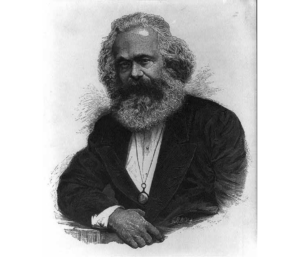
Podcast: Embed
Here is a link to a transcript of this Episode
Who was Charles Darwin, this Newton of the Nineteenth century? And what was his theory of the evolution of species by natural selection. How did it impact virtually every aspect of Western Civilization, from political ideologies to psychology and philosophy? In this special landmark podcast, Dr. Reiman explores his significance.
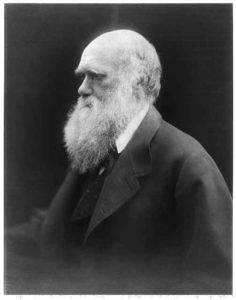
Podcast: Embed
ationalism took a dark turn for the worse after 1848. Nations that came into existence after 1848–such as Germany and Italy–were unified by military monarchies adopting the strategies of statecraft and war. In this podcast, Dr. Reiman traces the ways in which these two nations buried liberalism in their countries and strengthened autocratic government between 1848 and 1871, lighting the long fuse to World War I.
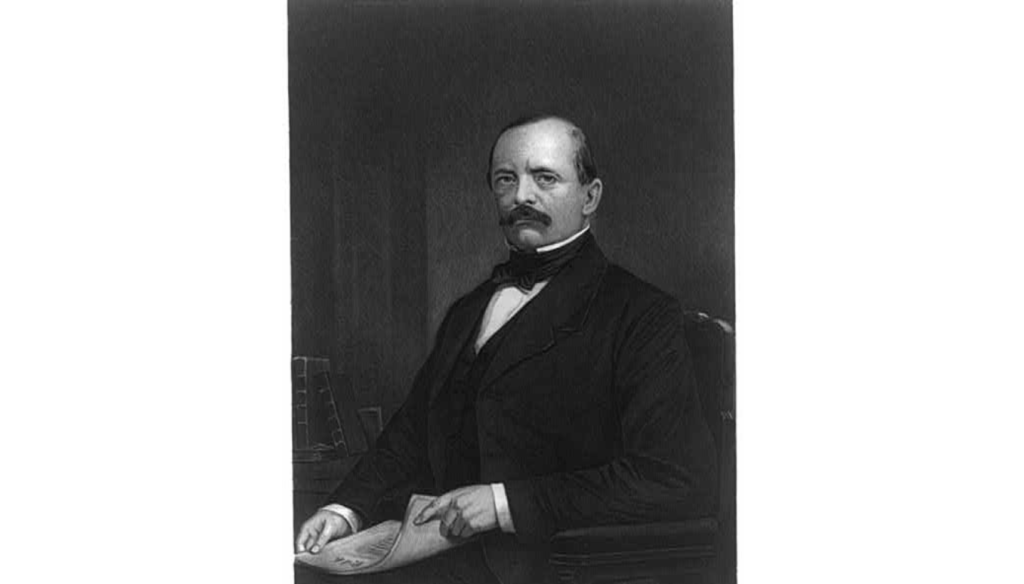
Podcast: Embed
The Revolutions of 1848 in Paris, Berlin, Vienna and Rome were the last liberal national revolutions in Europe because they all failed, and because they all raised the specter of a new kind of revolution, revolution by the communist proletariat. In this podcast, you will prepare for the Unit 3, Discussion 5 assignment by understanding the causes and consequences of these events, as well as the meaning of the new ideas of Socialism and Communism that were birthed by them.
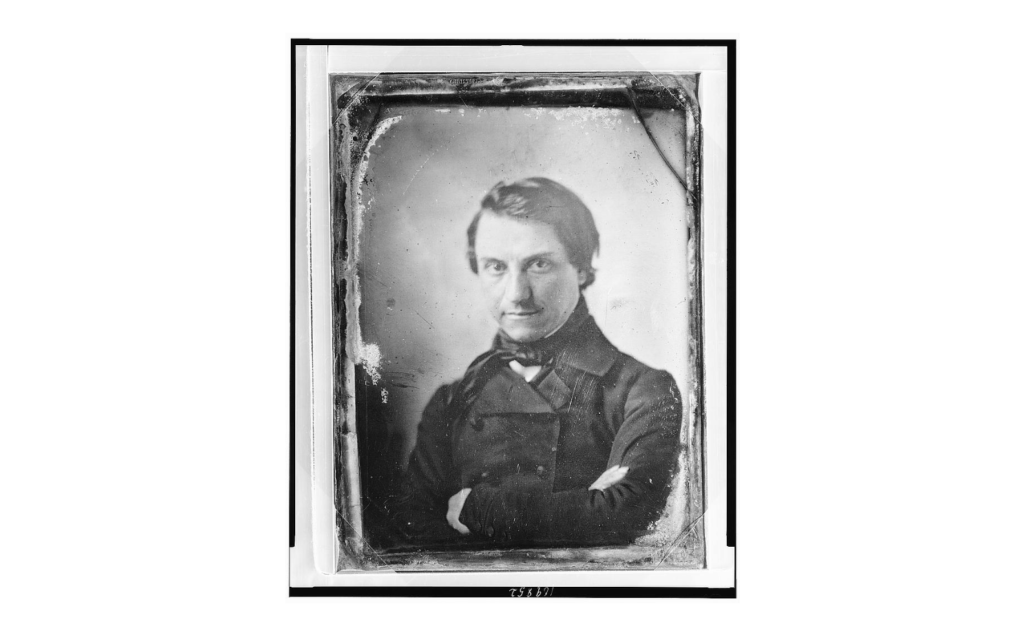
Podcast: Embed
In this podcast we look at the false hope that the French Revolution of 1830 put in the hearts of the liberal bourgeoisie (middle class). “Hearts” is the correct word, because Romanticism was a driving force of this liberal revolution, as the painting by Eugene Delacroix shows here. The Revolution of 1830 set up the middle class for an awful fall, and the fall came with the bloody revolutions of 1848 all over Europe, revolutions that decoupled liberalism from nationalism and revolution forever afterwards.
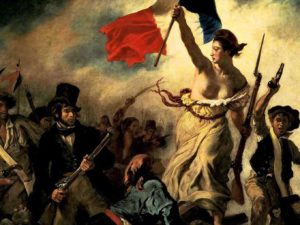
Podcast: Embed
Here we trace the reasons why the Industrial Revolution in its first place and time, 1750-1848 Great Britain was so unregulated and cruel.

Podcast: Embed
Between 1750 and 1840, Great Britain was alone in experiencing the first Industrial Revolution. In this podcast I discuss what every nation first has to possess in order to experience an Industrial Revolution of its own, and what Great Britain did possess by 1750.
Podcast: Embed
In this Introduction, we look at the definition and revolutionary consequences of the Industrial Revolution.
Podcast: Embed